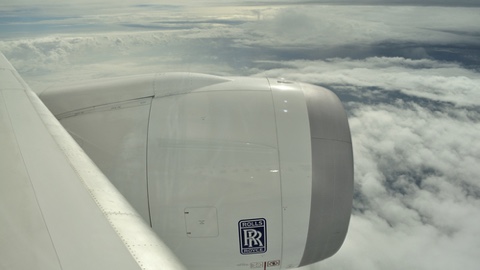
Airline maintenance personnel at Rolls Royce are able to practice highly complex tasks using virtual reality training due to the “massive drop in cost in the past 18 months”, according to Steve Buckland, the civil aerospace customer training manager. The company aims to deliver this type of engineering training via the internet, allowing people to log in from wherever they are in the world to view an instructor.
“There was a problem we needed to solve,” said Buckland, “and that was due to the size of the engines. The Trent XWB engine is the largest in our fleet, and it is so big it does not fit in complete form through the freighter door of a Boeing 747 – it has to be split into two parts. Consider what would happen if we have a customer who wanted to physically split an engine, and demanded that we ship over a training engine and a stand. You’d be looking at about £100,000 in costs. And if we had to ship it in an emergency, the price might go up to £250,000. So this VR training experience paid for itself, and more, on its first application.”
Buckland added, “The main purpose for this virtual course is not to teach people how to disconnect fuel or pipelines, or flanges on an engine; as aerospace engineers, they already know that. This course focuses on what is quite a hefty piece of ground equipment. There are controls and adjustments that you need to make, and jacking systems on the stand which are fundamental to the process. “Over the last few years, Rolls-Royce has embraced digital solutions across the business, and we have certainly been early adopters in this VR training area. That is really motivating and exciting, and long may it continue.”
